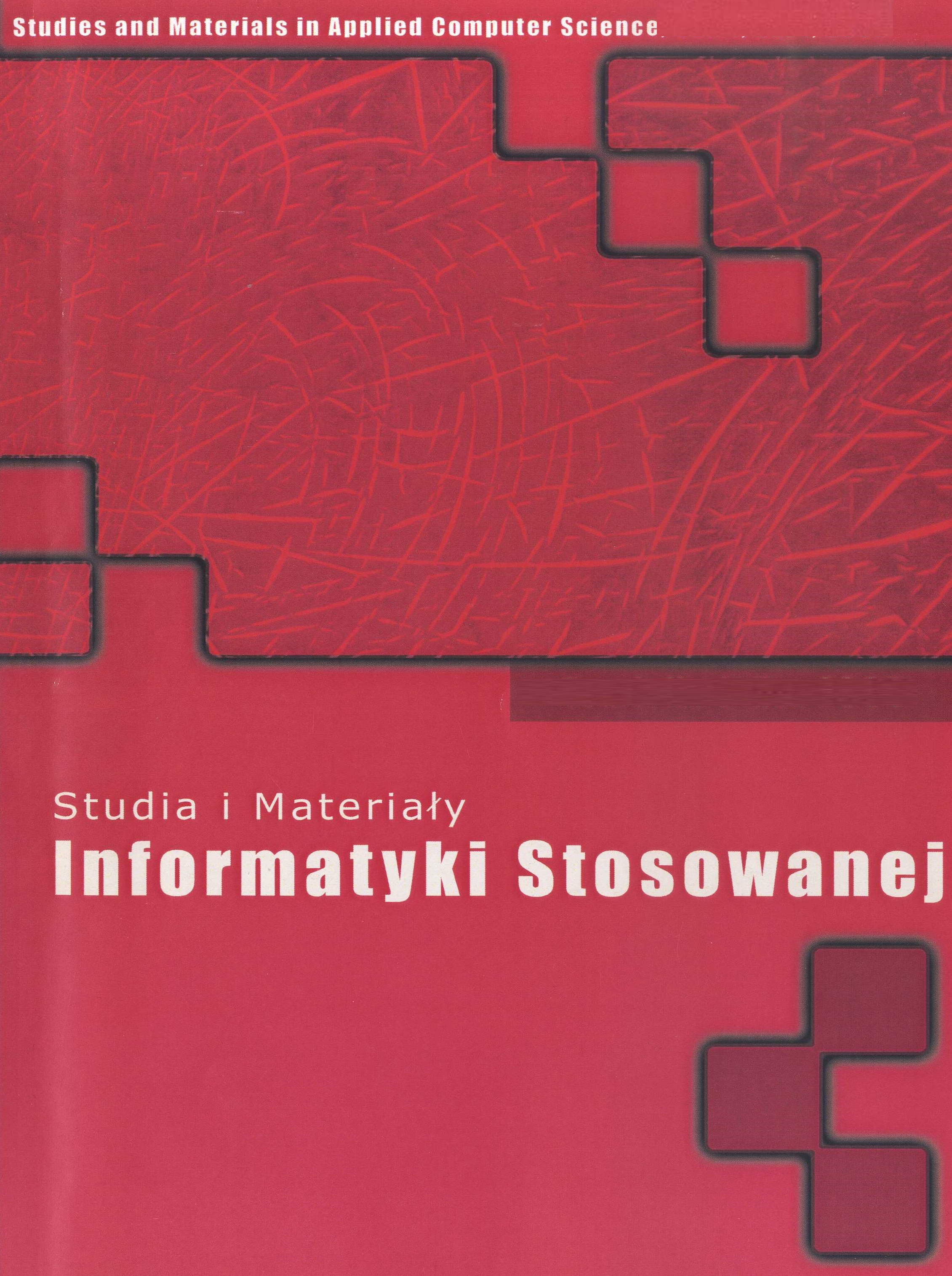Computational modelling occurrence of burnout symptoms in computer scientists and physiotherapists - preliminary results
DOI:
https://doi.org/10.34767/SIMIS.2021.03.04Keywords:
computational intelligence, artificial neural networks, professional burnout, commitment to work, motivation to workAbstract
Burnout is caused by prolonged exposure to work-related stress. It manifests itself in emotional exhaustion, depersonalisation and reduced personal achievement. There are many reports in the literature on burnout among healthcare professionals, but there are few studies among physiotherapists or IT professionals, let alone analysing burnout using artificial intelligence methods. This study aims to fill this gap.
References
Mikołajewska E. Strategie prewencji urazów związanych z pracą u fizjoterapeutów. Med. Pr. 2016; 67(5):673–679.
Mikołajewska E. Stres związany z pracą i wypalenie zawodowe u fizjoterapeutów – przegląd literatury. Med. Pr. 2014; 65(5):693–701.
Mikołajewska E. Urazy mięśniowo-szkieletowe związane z pracą u fizjoterapeutów]. Med. Pr. 2013; 64(5):681–687.
Mościcka-Teske A., Drabek M, Pyżalski J. Doświadczanie mobbingu i wrogich zachowań w miejscu pracy a występowanie objawówwypalenia zawodowego u nauczycieli. Med Pr 2014; 65(4):535–542.
Pustułka-Piwnik U., Ryn Z. J., Krzywoszański Ł., Stożek J. Zespół wypalenia zawodowego u fizjoterapeutów a zmienne demograficzne i organizacyjne. Med Pr 2014; 65(4):453–462.
Dębska G., Wilczek-Rużyczka E., Foryś Z, Pasek M. Ocena własności psychometrycznych polskiej adaptacji kwestionariusza Meistera do oceny obciążenia psychicznego w pracy pielęgniarki. Med Pr 2013; 64(3):349–358.
Yu J., Gao J., Chen J., Sun Y. Academic versus nonacademic neurosurgeons in China: a national crosssectional study on workload, burnout and engagement. BMJ Open. 2019; 9(10):e028309.
Martinez E., Mera G., González C., López D. M., Blobel B. EmoBurnout: An Approach for Supporting Burnout Syndrome Diagnosis. Stud Health Technol Inform. 2015; 211:111-8.
Chow Y., Masiak J., Mikołajewska E., Mikołajewski D., Wójcik G. M., Wallace B., Eugene A., Olajossy M. Limbic brain structures and burnout - A systematic review. Advances in Medical Sciences 2018; 63(1):192-198.
Lehmann M. J., Lormes W., Opitz-Gress A., Steinacker J. M., Netzer N., Foster C., Gastmann U. Training and overtraining: an overview and experimental results in endurance sports. J Sports Med Phys Fitness. 1997; 37(1):7-17.
Blain B., Hollard G., Pessiglione M. Neural mechanisms underlying the impact of daylong cognitive work on economic decisions. Proc Natl Acad Sci U S A. 2016; 113(25):6967-72.
Gomes A. R., Faria S., Vilela C. Anxiety and burnout in young athletes: The mediating role of cognitive appraisal. Scand J Med Sci Sports. 2017; 27(12):2116-2126.
Kable J. W., Caulfield M. K., Falcone M., McConnell M., Bernardo L., Parthasarathi T., Cooper N., Ashare R., Audrain-McGovern J.,
Hornik R., Diefenbach P., Lee F. J., Lerman C. No Effect of Commercial Cognitive Training on Brain Activity, Choice Behavior, or CognitivePerformance. J Neurosci. 2017; 37(31):7390-7402.
Juczyński Z. Skala satysfakcji z życia - AIS. Narzȩdzia pomiaru w promocji i psychologii zdrowia. Pracownia Testów Psychologicznych Polskiego Towarzystwa Psychologicznego 2001, s. 134-139

